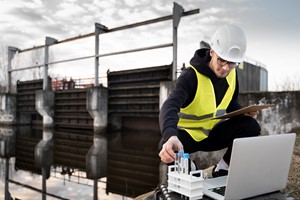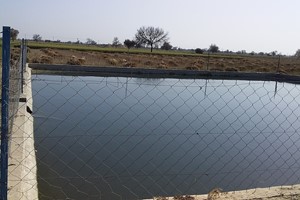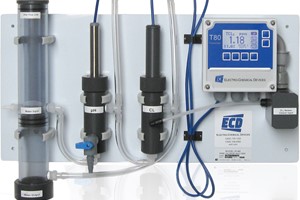A novel methodology developed by the Joint Research Centre (JRC) aims to facilitate compliance with the EU Drinking Water Directive by enhancing the monitoring of microplastics in tap water across the European Union.
Our daily requirement of about one and a half liters of water is crucial for maintaining bodily functions. However, the presence of minute plastic particles, known as 'microplastics,' in our drinking water raises concerns about potential health implications. Despite growing awareness of their presence, uncertainties persist regarding their impact on human health, largely due to inadequate understanding of their prevalence and distribution in water supplies. To address this, European drinking water regulations offer legal frameworks for monitoring emerging pollutants on a Union-wide scale.
Monitoring the presence of microplastics in drinking water is pivotal for safeguarding human health and the environment. Yet, accurately measuring microplastics poses challenges due to their diverse characteristics such as size, shape, composition, and chemical identity.
In an effort to harmonize the measurement process, the JRC has devised a methodology that standardizes sampling, analysis, and data reporting procedures. This standardized approach aims to generate consistent and comparable data, a crucial initial step toward establishing exposure levels to microplastics in European drinking water.
The methodology development process involved an extensive review of scientific literature on microplastics' nature, distribution, and quantities. The findings, detailed in the report 'Analytical Methods to Measure Microplastics in Drinking Water,' underscored that reported microplastic levels in drinking water generally range from a few tens to virtually negligible particles per liter.
The methodology recommended by the JRC entails the sampling of large water volumes (over 50 liters) to accurately quantify microplastics. Samples are collected using filters of varying micron sizes (100 and 20 microns) to capture solids within specific size ranges. These samples are then subjected to analysis using either Infrared microscopy or Raman microscopy techniques, enabling identification of polymer type, size, and particle morphology. Such comprehensive data can provide valuable insights into the nature and extent of human exposure to microplastics.
In the policy context, the European Commission is actively pursuing legislative measures to address the potential threats posed by microplastics to human health and the environment. The recent recast of the Drinking Water Directive, the EU's primary legislation on drinking water, encompasses provisions for both ensuring access to and maintaining the quality of water intended for human consumption.
Under the recast Directive, the Commission is authorized to establish a methodology for measuring microplastics in drinking water. The methodology developed by the JRC has been incorporated into the Commission's Delegated Decision adopted on March 11, 2024. Additionally, the Commission has initiated a watch list identifying substances and compounds of concern for water intended for human consumption, with microplastics slated for inclusion. Member States will be required to implement monitoring protocols using the JRC methodology outlined in the Commission's Delegated Decision.











